Getting Back into Guitar After 30? Here’s How to Choose a Tube Amp and Avoid My Costly Mistake
“My career is settling down… I want to start playing guitar again like I used to.”
You pull that old, familiar friend out from the back of the closet. The moment you hold it, the passion from your band days comes flooding back… For those of you in your 30s and 40s feeling this way, I’d like to share a little story from my past.
Hello! I’m Shohei Takamura, founder of the “frustration-free” guitar school, Guitar Prescription TAKAMURA.
Back in the 90s and early 2000s when we were growing up, the amps you’d find in a studio were always a Roland JC-120 or a Marshall JCM series. Remember that feeling? You plug in your cable, crank the volume, and the very air around you starts to tremble. The term “amp simulator” wasn’t mainstream yet, and our shared belief was, “good tone = big tube amp.”
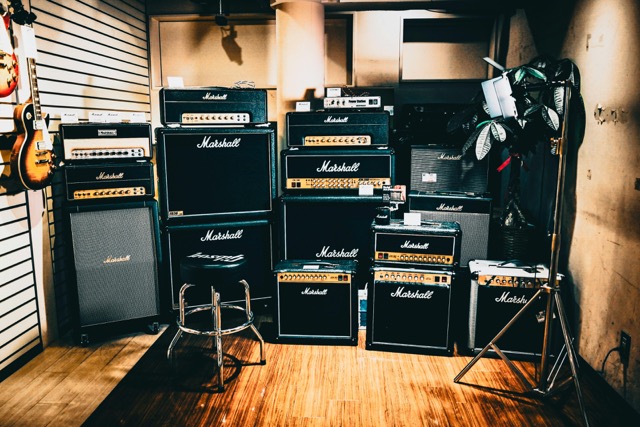
And now, as you get back into guitar, what you really crave is “that sound from back then,” which means a real tube amp, right?
However, there’s a huge pitfall here.
If you jump into buying a modern tube amp with the same knowledge you had back then, there’s a very high chance you’ll make the same big mistake I did.
This article isn’t just a gear review; it’s the story of my own bitter failure, shared candidly to provide the “real answer” to choosing a tube amp, updated for today’s returning guitarist. Let’s find the perfect solution for you together!
- Why did I end up selling the dream amp I had always coveted?
- How does modern technology solve the problems of home volume levels and weight?
- How can you get both the “feel of tubes” and the “convenience of simulators”?
I sincerely hope your return to guitar is a smooth one! And if my failure can become a stepping stone for your success, nothing would make me happier.
Table of Contents
Why Are We Drawn to Tube Amps Again?
In an age of ever-evolving technology, amp simulators have improved dramatically. They’re a world away from the Line 6 “POD”—also known as the “kidney bean” (remember that thing?)—that was so popular in our time.

As a guitar instructor and writer, I get to try a lot of gear, and the quality of modern simulators like the Kemper and Helix is astonishing. When you compare recorded sounds, simulators often win, because they contain the sound of a tube amp perfectly miked up by a pro engineer in a perfect environment.
So why? Why do we still find ourselves longing for a tube amp?
Simulators for Recorded Tone, Tubes for Playing Feel
This is my personal theory, but I believe the crucial difference lies in the “physical experience.”
An amp simulator is like a “Blu-ray of the best concert ever.” Perfect sound, perfect performance. It guarantees top quality every time. It’s convenient and rational.
A tube amp, on the other hand, is the “live concert unfolding right in front of you.” The speaker vibrates the air, and that vibration resonates with your guitar strings and your own body. The amp’s expression changes dramatically with the slightest angle or force of your picking. This unpredictable response and the raw dialogue with the guitar is the irreplaceable “feel-good” factor that only a tube amp can provide.
The recorded sound of a simulator might be better. But I’m still convinced that the exhilaration of the moment, the feeling of becoming one with the guitar, belongs to the tube amp. This fundamental joy of “it’s fun to play!” is what drives us back to tube amps.
My Story: 3 Amp-Buying Traps for Returning Guitarists
But if you let that passion guide you blindly, you’re in for a rough time. Trust me, I’ve been there. Please allow me to share the three major mistakes I made as a cautionary tale for all of you.
Trap 1: The Day I Got My Dream Amp and Panicked at the Volume
In my 20s, when I started working as a professional musician, I took a leap of faith and bought my dream amp head: a Hughes & Kettner Triamp MKII. A 100-watt monster with a beautiful glowing blue panel. For me at the time, it was the ultimate piece of gear.
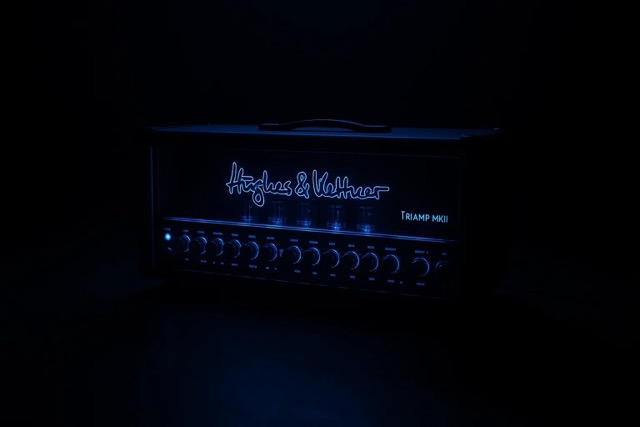
I eagerly brought it home and connected it to my cabinet. Luckily, my family wasn’t home yet. Grinning to myself, I turned it on and nudged the volume… just a tiny bit. On the dial, it wasn’t even “0.5.” It was just a “touch.” The next moment: “KABOOM!” An unimaginable wall of sound slammed into my small room.
The windows didn’t rattle, but all I could think was, “That is LOUD!” I felt the blood drain from my face. This was my initiation into the world of 100-watt tube amps. Of course, after that, I only ever played it at a whisper-quiet volume when my family was out. But at such low volumes, the amp’s true character was completely lost; the sound was muffled and thin. Honestly, a small practice amp sounded better. It was the definition of having a treasure I couldn’t use.
Trap 2: My Quest for an Answer and a Glimmer of Hope
My multi-hundred-dollar amp was now just an expensive decoration. To fix this, I started gathering information. Instead of just asking one salesperson, I visited various music stores, talking to different staff members to piece together knowledge. “I’m in this situation,” I’d ask, “any ideas?”
By combining these fragments of information like a puzzle, I finally landed on a keyword: “Attenuator.” It was the magic box I was looking for, one that “keeps the sweet spot of the amp while only lowering the volume from the speaker.” I immediately rushed out to buy one and connected it between the Triamp and the speaker. I nervously turned up the amp’s volume and dialed back the attenuator… and there it was! The Triamp drive sound I craved, but at a whisper!
I’ll never forget that feeling. “Now I can use my tube amp at home!” I could take the attenuator off for gigs and turn it on at home. With this setup, my guitar life finally found peace.
Trap 3: Too Heavy to Carry, Even with a Car
With an attenuator in hand, I felt invincible. But one final trial awaited me: the all-too-real problem of “physical weight.”
I had a car at the time, but I lived in a hilly residential area. There was a steep, 10-meter slope from my house to the parking lot. The Triamp head alone was 22kg (about 48.5 lbs). Hauling that down the hill and loading it into the car was so excruciatingly difficult that I only ever took it to a studio a handful of times (I gave up on the cabinet and just used the studio’s).
Then, the deciding incident occurred. While carrying another notoriously heavy amp I owned, the “Roland JC-120,” I slipped on the rain-slicked slope. As luck would have it, a corner of the heavy amp slammed right into my ankle. A perfect sprain.
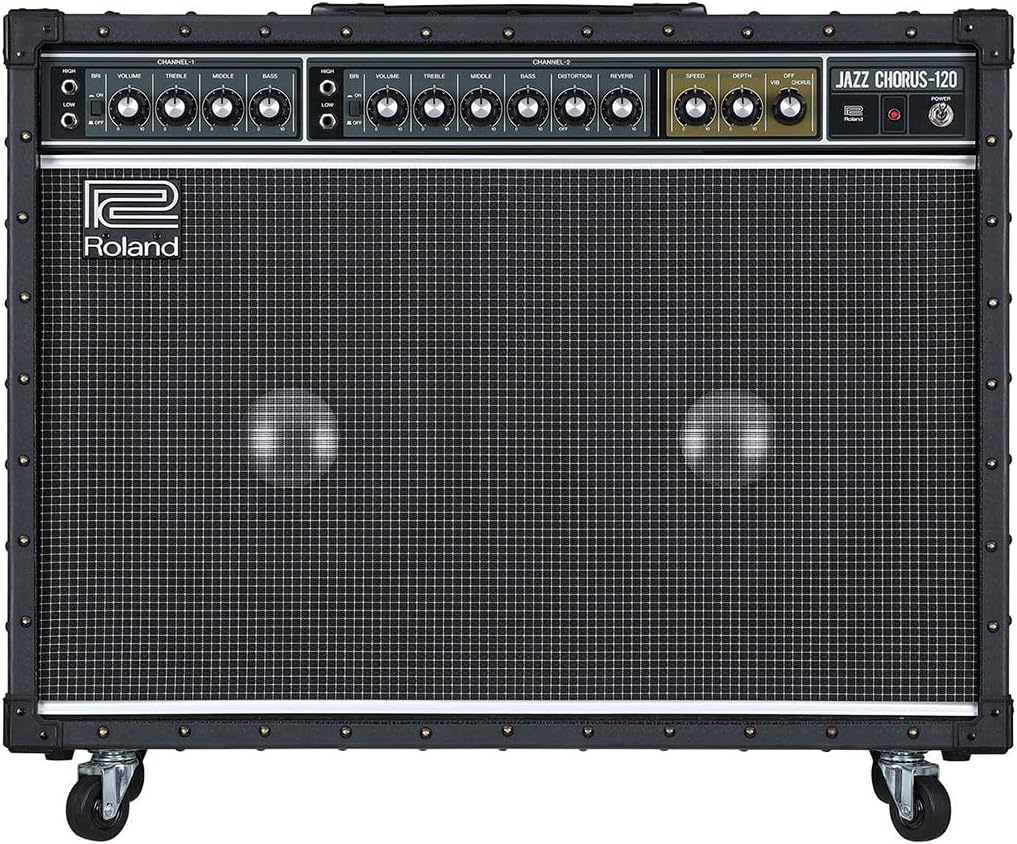
Wincing in pain, I had an epiphany. “This is impossible. Even with a car, I can’t transport heavy amps in this environment.” That incident made me completely terrified of carrying heavy gear.
Learning from Failure: The “Best Solutions” for Today
So, what did you think of my failure story?
These three failures contain crucial lessons for choosing an amp today.
Fortunately, technology has advanced. The “volume,” “functionality,” and “weight” problems that plagued me can now be solved in various ways. Let’s look at the “three modern options” available to returning guitarists, based on the lessons from my mistakes.
Option 1: The Pinnacle of Tech – Small, Light, High-Performance Tube Amps
This is the first, and most recommended, option. Unlike when I sold my Triamp, today’s market is flooded with incredibly small, light, and yet functional tube amps.
Many of these amps come with the very “attenuator” that saved me, built right in. With the push of a button, you can switch the output from 5W to 1W, or even 0.1W. In other words, the “amp + attenuator” setup I struggled to build now comes in one small box.
Many models weigh around 10kg (22 lbs), making them portable enough to take to a studio or a small gig on the train. “Enjoying the best tone at low volumes at home, and unleashing its full power at the studio or a gig on the weekend.” The ideal guitar life I dreamed of back then is now easily achievable. Isn’t that amazing?
Option 2: Sticking to the Dream – A Big Amp + Modern Attenuator
“No, it has to be the look and sound of a JCM2000 for me!”
I know that feeling all too well. It’s a matter of passion.
If you have a strong attachment to a specific large amp and have the means to transport it (like a car) and a place to put it, this is a valid option. And the good news is that attenuators have also evolved significantly.
Modern high-performance attenuators (also called load boxes) don’t just lower the volume; they also include speaker and miking simulators. This allows you to send a realistic, studio-recorded sound directly from your amp head to a mixer or audio interface. In other words, you can practice with your dream amp cranked to full drive, through headphones, even in the middle of the night.
However, the downsides are clear. You still need two pieces of gear (“amp + attenuator”), which increases the cost, and most importantly, the “weight and size” problem remains unsolved. This is an advanced option for those who have a dream they’re determined to pursue.
Option 3: The Revolution – Modern Amp Simulators with the Soul of a Tube Amp
“Wait, wasn’t this about tube amps?” you might be thinking. But it would be a huge waste to ignore this option. As I mentioned earlier, the latest amp simulators have evolved far beyond the “POD” era we knew.
High-end models from Kemper, Fractal Audio, and Line 6 (Helix) are no longer just “simulators.” The Kemper, for example, uses “profiling” technology to capture the complete sonic characteristics of real-world vintage and boutique amps, including the behavior of the tubes, speaker, and microphone.
This isn’t just “impersonation”; it’s more like “cloning.” In terms of playing feel, they come surprisingly close to the unique response and dynamics of a tube amp.
The biggest advantage is their overwhelming convenience and portability. Hundreds of amps and effects are packed into a unit that fits in the pocket of your gig bag. Volume is a non-issue. Gigs, studio sessions, home practice, and recording—all can be done with this one unit at the highest quality.
While tube amps may still have the edge in that “air-vibrating-in-the-room” feeling, the gap is closing every year. If you’re looking for rationality and sound quality, this is an incredibly powerful option.
A Pro’s Top Picks for 2025: Recommended Models for Your Style
Now that we’ve outlined the three options, here are my specific recommendations for each. Imagine your ideal guitar life as you read through them.
Top Picks (Option 1: Small Tube Amps)
For those who think, “I want that raw tube sound, but I also need convenience and features!” This option fits most returning guitarists.
Blackstar / HT-5R MkIII – The Modern All-Star: If in Doubt, Get This
Features: If I were to buy just one small tube amp today, it would undoubtedly be this latest model. The familiar attenuator that can go down to 0.5W and the “ISF” knob that sweeps from American to British tones are still here. The MkIII adds “CabRig Lite,” a high-quality speaker simulator, allowing you to connect directly to a PC via USB-C for serious recording. The sound is even more refined. It truly has it all. With a 12-inch speaker, it has plenty of power. This is one amp that balances “joy at home” and “practicality in the studio” at an even higher level.
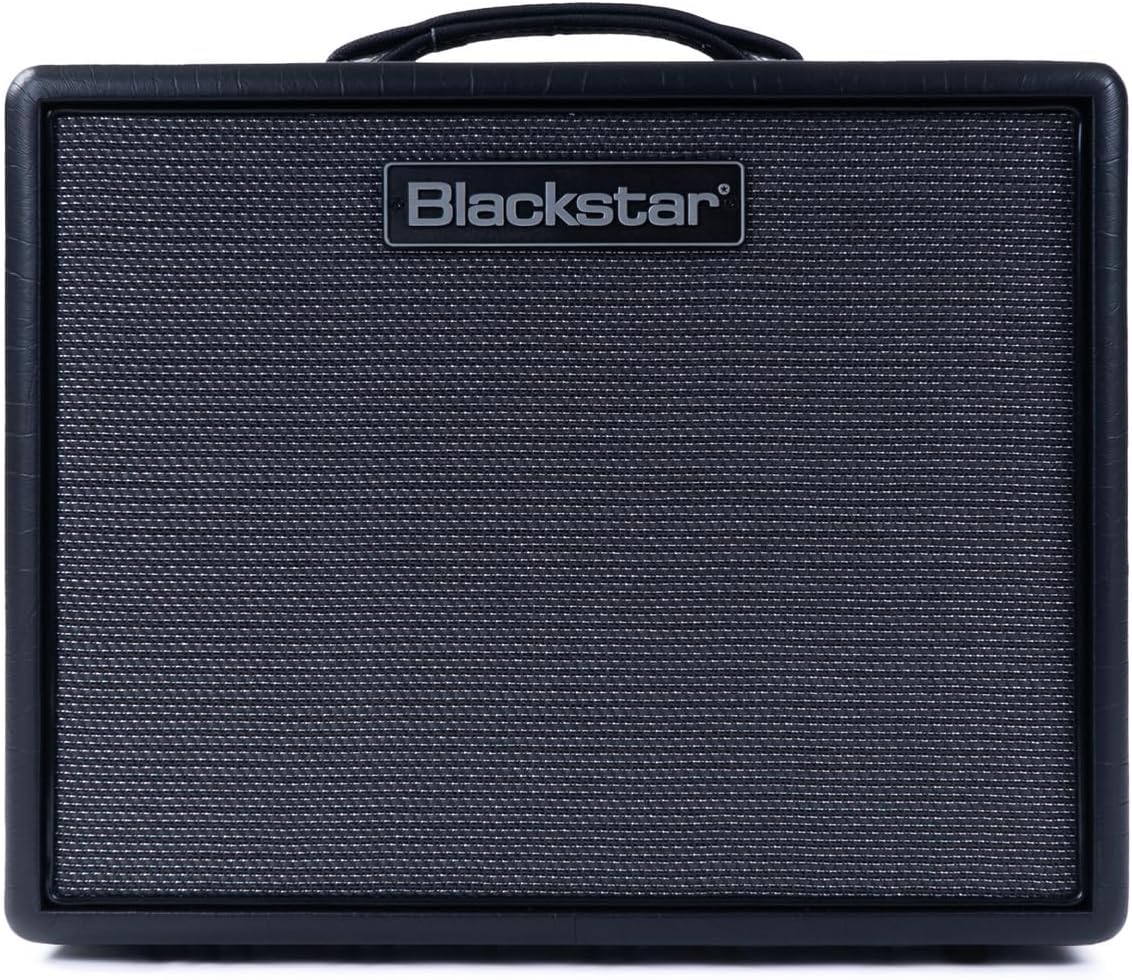
Marshall / DSL1CR – Bring That Rock Spirit into Your Room
Features: For those who say, “It has to be a Marshall!” This is the smallest model in the DSL series, which inherits the soul of the JCM2000. With its 0.1W mode, you can enjoy that crunchy rock sound even late at night. The speaker is a small 8-inch, but the sound design is brilliant, making you forget its size. And most of all, just having this look in your room is inspiring, isn’t it?
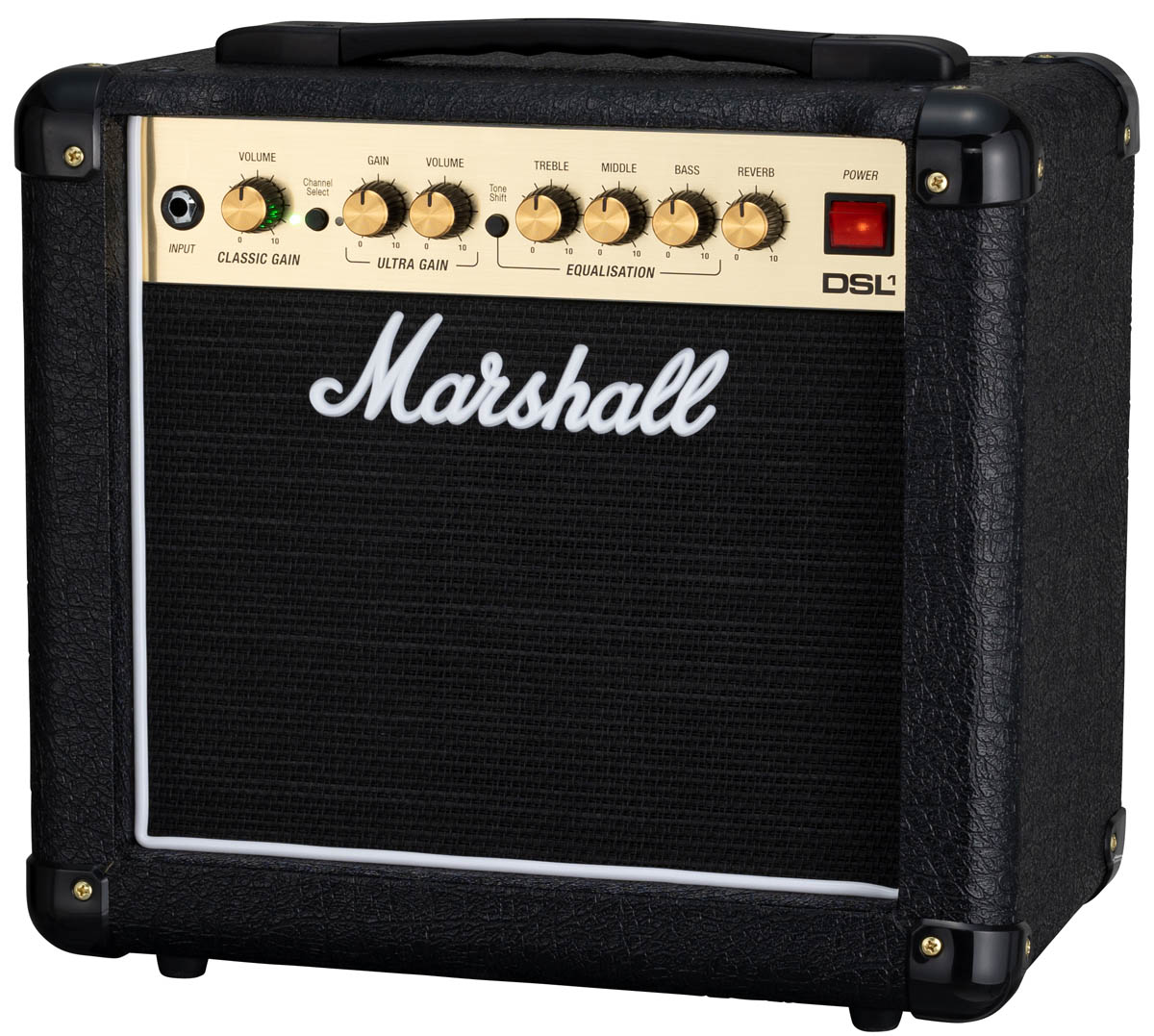
FENDER / Blues Junior IV – For Those Seeking the Perfect “Foundation”
Features: It doesn’t have an attenuator, but I can’t leave this one out. The classic Fender clean tone coming from its 12-inch speaker is simply exquisite. For “pedal-platform” guitarists who use this amp as a perfect clean channel and shape their sound with their favorite drive pedals, this is an unbeatable choice. You can keep the master volume low at home and unleash its true potential in the studio or at a gig. A connoisseur’s choice, perhaps.
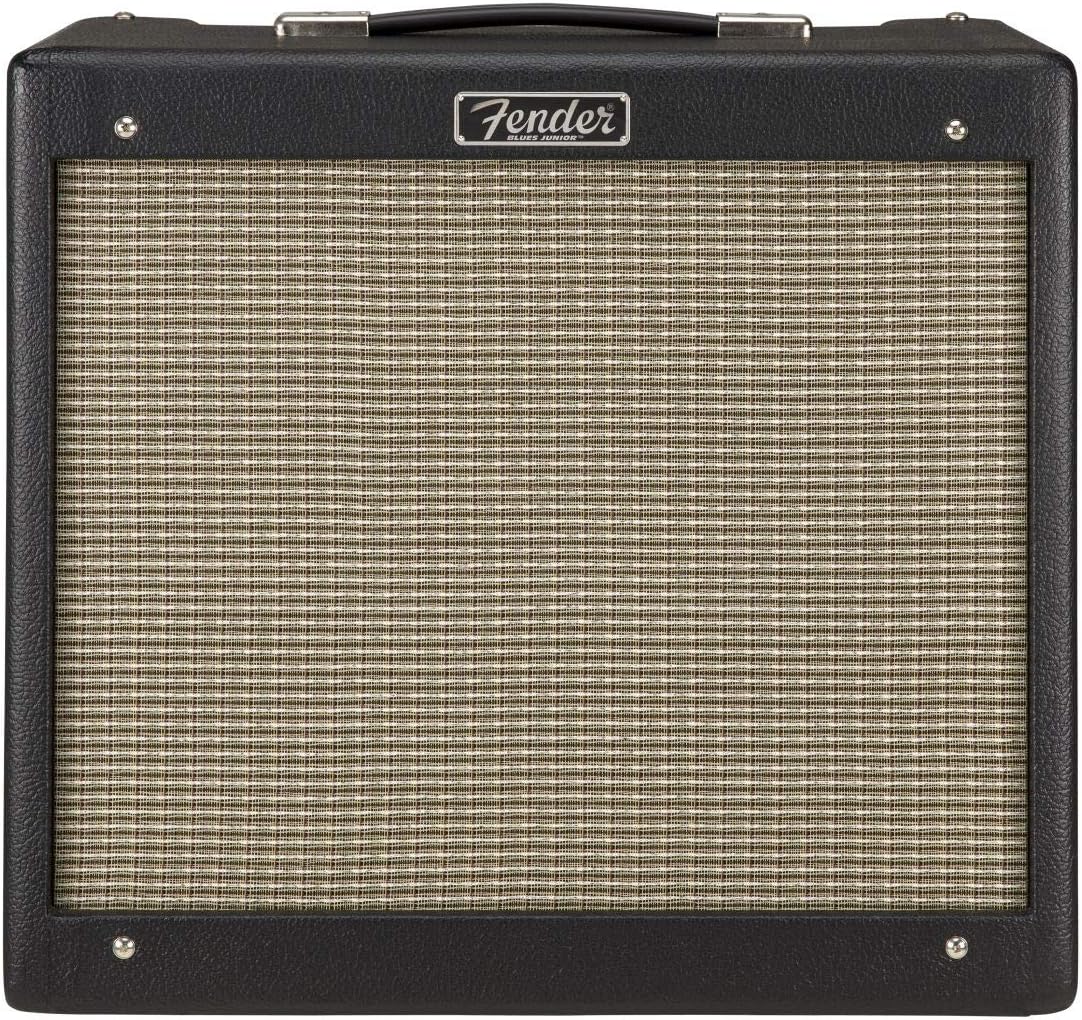
Top Picks (Option 2: Big Amp + Modern Attenuator)
For the romantic who says, “I’m prepared for the cost and weight! I’m going to make that dream amp sing!”
Universal Audio / OX Amp Top Box – The King of Attenuators
Features: This is not just an attenuator. It’s the ultimate “reactive load box,” created by Universal Audio, the company behind industry-standard plugins. It realistically reproduces the amp’s load variations, so you don’t lose the amp’s original feel even when the volume is down. Furthermore, its simulations of cabinets, microphones, and room ambience, recorded in legendary studios, are breathtaking. What you hear through your headphones is the very sound from famous albums.
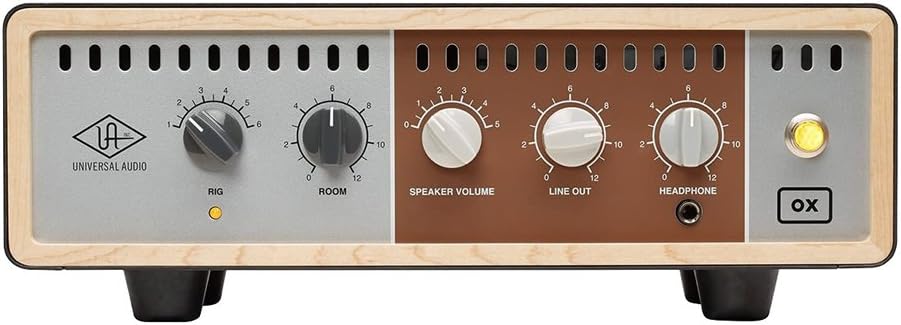
Top Picks (Option 3: Modern Amp Simulators)
For the pragmatist who thinks, “Convenience is king! I want to carry the best tones in my gig bag.”
Kemper / Profiler Stage – The World’s Amps at Your Feet
Features: The floorboard model of the Kemper, which revolutionized the amp simulator world. You can download thousands, even tens of thousands, of rigs (amp and effect setting data) profiled by users worldwide for free. You’ll surely find the sound of that vintage amp your favorite guitarist uses. It’s also intuitive to use, allowing you to rediscover the joy of tone shaping.
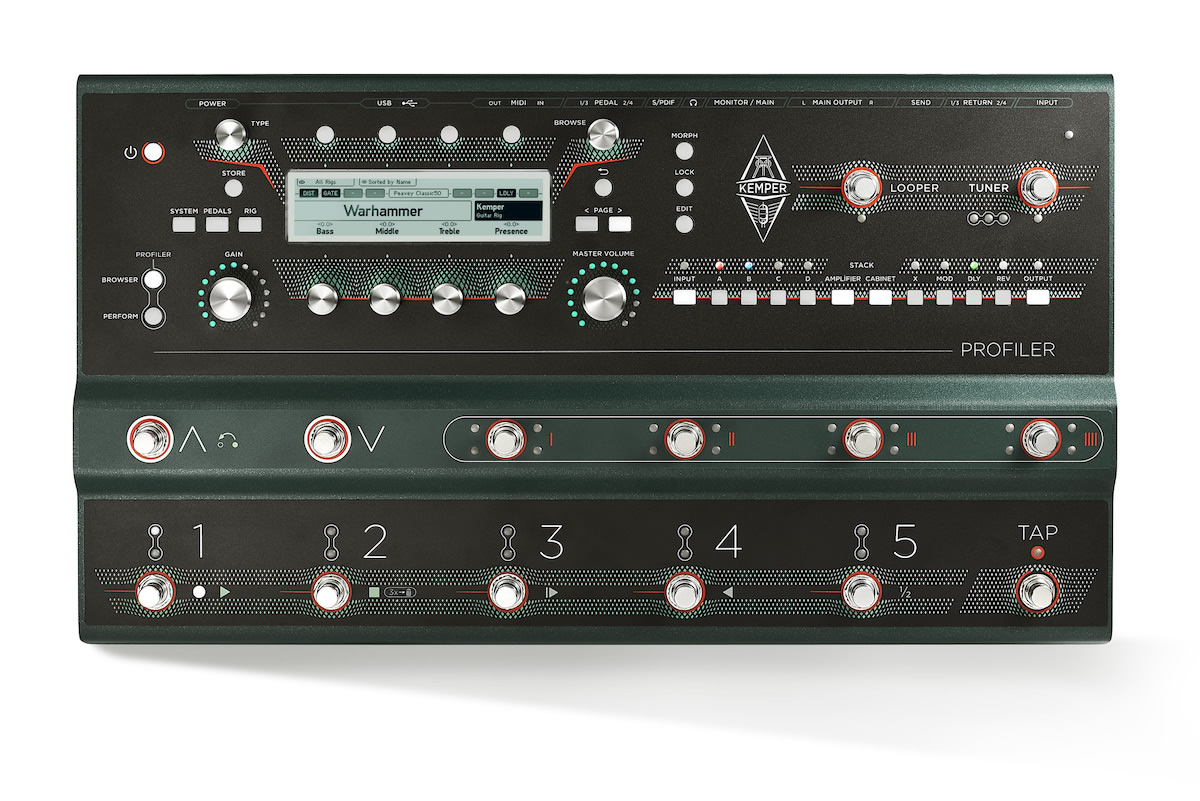
Line 6 / Helix LT – The True Successor to the POD. A Powerhouse of Value.
Features: The latest model from Line 6, the creators of the “POD” from our youth. The LT is positioned as a more affordable version, but it has the exact same sound engine as the flagship models, with no compromise on quality. With a huge number of amp models and effects, plus flexible sound creation possibilities, the value is phenomenal. The tube amp modeling is incredibly realistic; you’ll definitely be impressed and think, “I can’t believe how far it’s come…”
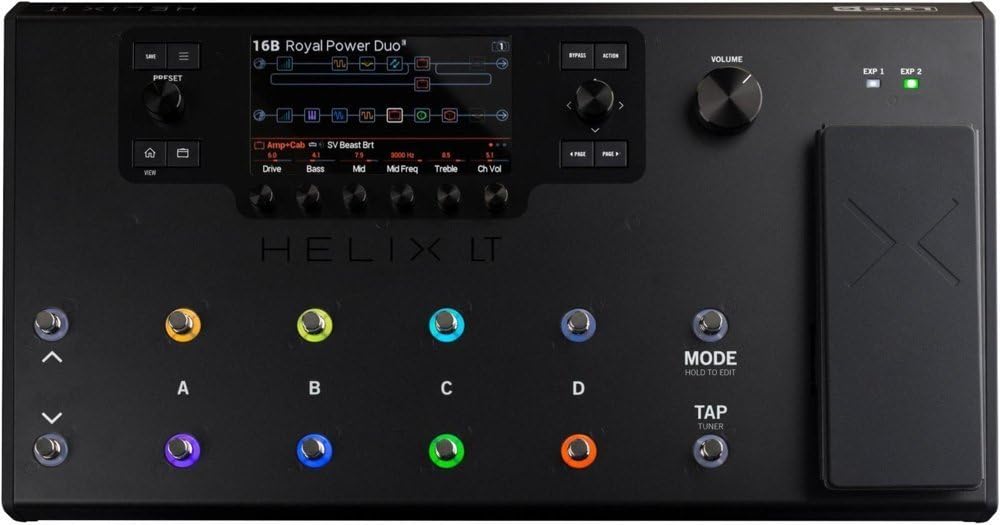
【Advertisement】
Conclusion: The One Question That Will Perfect Your Guitar Life
So, what did you think of the various options? Perhaps the amount of information was a bit overwhelming.
Finally, let me ask you one simple question to help you find your perfect amp. That question is:
“When you’re playing guitar, what is the moment you feel the most ‘joy’?”
Take a moment to really think about your answer.
- “Standing in front of an amp, feeling the vibrations through my whole body, having a dialogue with my guitar—that’s the most fun!”
→ Then you should definitely choose Option 1: A Small Tube Amp. A modern unit like the Blackstar HT-5R MkIII will meet your expectations. - “Using the same amp as my hero, getting lost in recording with a perfectly crafted sound through my headphones—that’s fun!”
→ Then Option 2: A Big Amp + Attenuator or Option 3: A Modern Simulator would be perfect. The Kemper or Helix, in particular, will endlessly spark your creativity. - “Just casually getting together with my old buddies at a studio and jamming—that’s the most fun!”
→ Then Option 3: A Modern Simulator, which is easy to carry and provides a stable sound in any environment, might be the most stress-free way for you to have fun.
Technology and specs are important, but ultimately, what enriches your guitar life is that pure feeling of “this is fun to play!” The reason I sold my Triamp was because carrying it became “not fun.”
The gear that best fulfills your sense of “fun” is the best amp for you. I couldn’t be happier if my story of failure and this guide to modern options serve as a compass for you to find that answer.
Now, go find your new partner and enjoy your new, incredible guitar life to the fullest!





Comments